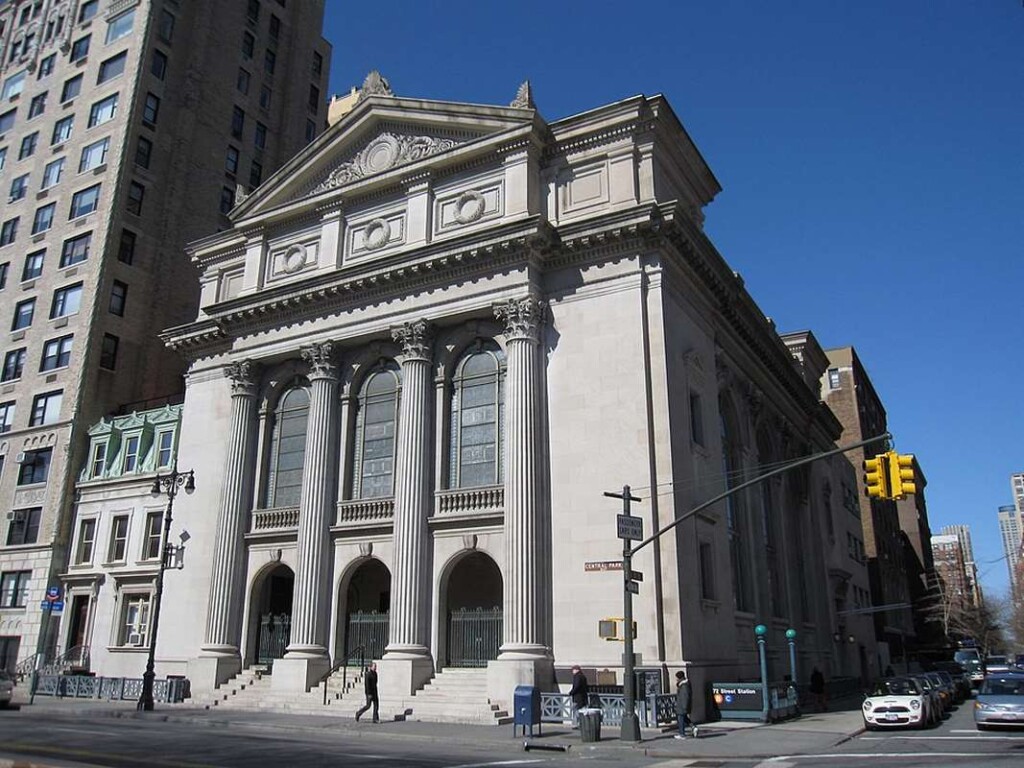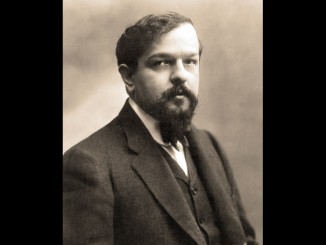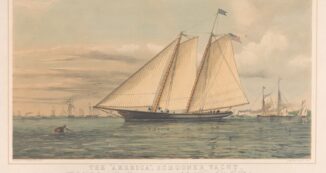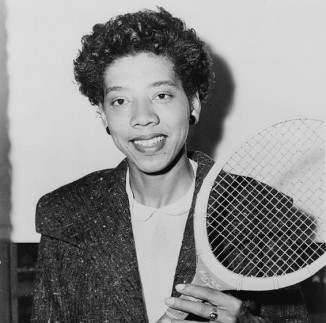Good News in History, August 22
370 years ago today, Jacob Barsimson stepped off the boat on North American soil at “New Amsterdam” (Manhattan, New York City) on a mission to discover the potential for Jewish immigration to the New World. He was followed by a party of 23 Jews that established the Congregation Shearith Israel, the oldest synagogue in the United States, and brought to the future New York City the Jewish component that has helped make it such a famous, wealthy, and diverse city. READ a little more, about Barsimson, and about Jews’ history in New York… (1654)

An Ashkenazi Jew with a background from Central Europe, Barsimson arrived in New Amsterdam on a passport from the Dutch West India Company. After the fall of Dutch Brazil, the Jewish community from the Netherlands needed another place to be able to immigrate.
Shearith Israel has produced several notable New Yorkers, including Uriah P., Levy, the first Jewish Commodore in the US Navy, several NYC Supreme Court justices, and Benjamin Cardozo, a Supreme Court Justice who succeeded Oliver Wendal Holms. Nominated by Herbert Hoover, the New York Times said of Cardozo’s appointment that “seldom, if ever, in the history of the Court has an appointment been so universally commended.”
MORE Good News on this Day:
- 12 nations signed the First Geneva Convention to adopt international law protecting wounded soldiers, field medics, and the Red Cross during battle—and to preserve a certain degree of humanity even in times of war (1864)
- The Cadillac Motor Company is founded (1902)
- Pope Paul VI arrived to cheering crowds at the Bogota, Colombia, airport to become the first head of the Catholic church to visit Latin America—and kissed the ground while still on the tarmac (1968)
- Nolan Ryan struck out Rickey Henderson to become the first Major League Baseball pitcher to record 5,000 strikeouts (1989)
162 years ago today, Claude Debussy was born. Born to a family of modest means and little cultural involvement, Debussy showed enough musical talent to be admitted at the age of ten to France’s leading music college, the Conservatoire de Paris. He developed his breakout style based on everything from Richard Wagner’s operas, to music from Java, and folk music from the Middle Ages. Undoubtedly famous for that most serene piece, Clair de lune, he completed many triumphs in his career including Images, Prélude à l’après-midi d’un faune, and La Damoiselle élue. READ some anecdotes of his work…

Seeing Wagner’s opera Tristan und Isolda was paramount in Debussy’s development, with the artist saying it was “decidedly the finest thing I know.”
The analyst David Cox wrote in 1974 that Debussy, admiring Wagner’s attempts to combine all the creative arts, “created a new, instinctive, dreamlike world of music, lyrical and pantheistic, contemplative and objective – a kind of art, in fact, which seemed to reach out into all aspects of experience.”
Famed music critic Ernest Newman considered Prélude à l’après-midi d’un faune “completely original in idea, absolutely personal in style, and logical and coherent from first to last, without a superfluous bar or even a superfluous note.”
His works have been described like those of his contemporaries in the visual arts, as “Impressionist” a term that Debussy rejected. However, the appreciation for nature and mystery cannot be ignored between the two. Debussy wrote of his own pan-theism toward the wonders of natural France:
“I have made mysterious Nature my religion… When I gaze at a sunset sky and spend hours contemplating its marvelous ever-changing beauty, an extraordinary emotion overwhelms me. Nature in all its vastness is truthfully reflected in my sincere though feeble soul. Around me are the trees stretching up their branches to the skies, the perfumed flowers gladdening the meadow, the gentle grass-carpeted earth, and my hands unconsciously assume an attitude of adoration.”
173 years ago today, an upstart team of sailors, on a yacht christened America, sailed past 15 others from the Royal Yacht Squadron in England to win the club’s annual race around the Isle of Wight, finishing 8 minutes ahead of the closest rival.
The trophy they won, and brought home to the U.S., was renamed America‘s Cup and dedicated to ongoing competitions, becoming the oldest competitive trophy in international sports—even predating the modern Olympic Games by 45 years.

Six years later, the surviving crew members donated the America’s Cup—named for the victorious vessel—to the New York Yacht Club, specifying that it be held in trust as a perpetual challenge trophy to promote friendly competition among nations.
After winning the trophy from England, the United States embarked on what would become the longest winning streak in sporting history. The 132-year stretch of domination saw American boats successfully defend the trophy 24 times from 1870 through 1980—until 1983, when Australia II became the first successful challenger to pick-off the trophy, bringing it home to the Royal Perth Yacht Club. Watch a cool 170th Anniversary tribute and hear who won the Cup last year… (1851)
Team New Zealand held onto the Cup this year in March 2021 winning again in a new class of ‘sail boat’, which you can see below…
And on this day 85 years ago, actress-dancer Valerie Harper, was born.

Best known for her role as Rhoda Morgenstern on the beloved 70s sitcom The Mary Tyler Moore Show and its spinoff series Rhoda, she was given three months to live back in 2013—but defied the odds, competing on Dancing With The Stars the following year, and living six more years.
Originally a dancer, she earned four Emmy Awards and also a Tony nomination for her leading role in the 2010 play Looped. Her charity Lung Strong, had kept her active in the last years—as did cameo acting appearances and frequent voice-overs for animated characters on The Simpsons. Her 2013 memoir is called, I, Rhoda. She said in a 2016 interview, “A lot of stuff that looks impossible is not—and every day there is evidence of it.” (1939-2019)
74 years ago today, Althea Gibson became the first black competitor in international tennis, after US officials, bowing to pressure, invited the 23-year-old to play in the National Championships (now the US Open).
Born in South Carolina to sharecropper parents who moved to Harlem when Althea was six, their neighbors took up a collection to pay for her tennis lessons. In 1956, she became the first person of color to win a Grand Slam title (the French Open). The following year she won both Wimbledon and the U.S. Nationals– then won both again in 1958. Often compared to Jackie Robinson, and with a lifetime total of 11 Grand Slam tournaments, Althea Gibson (1927-2003) is often called one of the greatest tennis players of all time. SEE her accomplishments in a short video… (1950)
SHARE the Milestones, Memories, and Music…
>read more at © GoodNews
Views: 2